Creatinine
(Specimen Container)
SST (Tiger Top) Lithium Heparin/ Sodium Heparin/ EDTA
(Transport Temperature)
| Temperature | Period |
|---|---|
| Room temperature | 7 days |
| Refrigerated | 7 days |
| Frozen | 3 months |
Creatinine is eliminated from blood by glomerular filtration. Reduced renal function results in an increased serum creatinine concentration. Measurement of serum creatinine is used to diagnose and monitor acute and chronic renal disease, estimate glomerular filtration rate (GFR), or assess the status of renal dialysis patients. Urine creatinine analysis is used to calculate creatinine clearance, confirm completeness of 24 hour collections, or serve as a reference quantity for other analytes, such as in calculation of the albumin/creatinine ratio.
In 1886 Jaffe developed an assay for creatinine based upon the reaction between creatinine and sodium picrate. In 1904 Folin used this reaction for the quantitative determination of creatinine in urine. Kinetic procedures based on the observed reaction rates of various substances, including creatinine, with alkaline picrate have been proposed by Fabiny and Soldin. This improved Jaffe chemistry is a kinetic procedure which does not require deproteinization of the sample and is formulated to reduce the interference of serum proteins.
0.42 – 1.05 mg/dL (0 Days – 14 Days)
0.31 – 0.53 mg/dL (14 Days – 1 Years)
0.39 – 0.70 mg/dL (1 Years – 12 Years)
0.57 – 0.80 mg/dL (12 Years – 15 Years)
Male:
0.65 – 1.10 (15 Years – 19 Years)
0.72 – 1.25 (19 Years – No Max Age Limit)
Female:
0.59 – 0.88 (15 Years – 19 Years)
0.57 – 1.11 (19 Years – No Max Age Limit)

